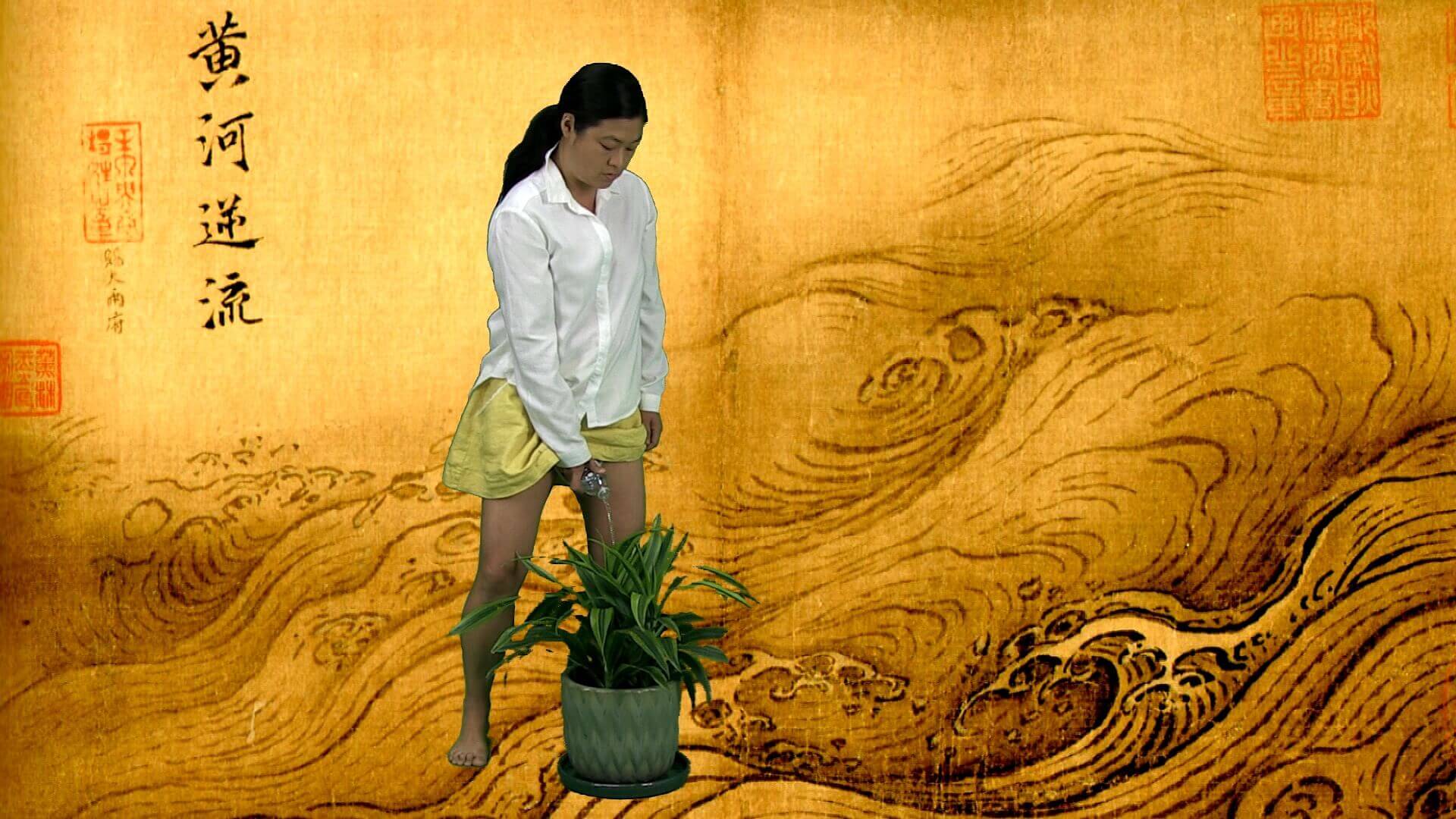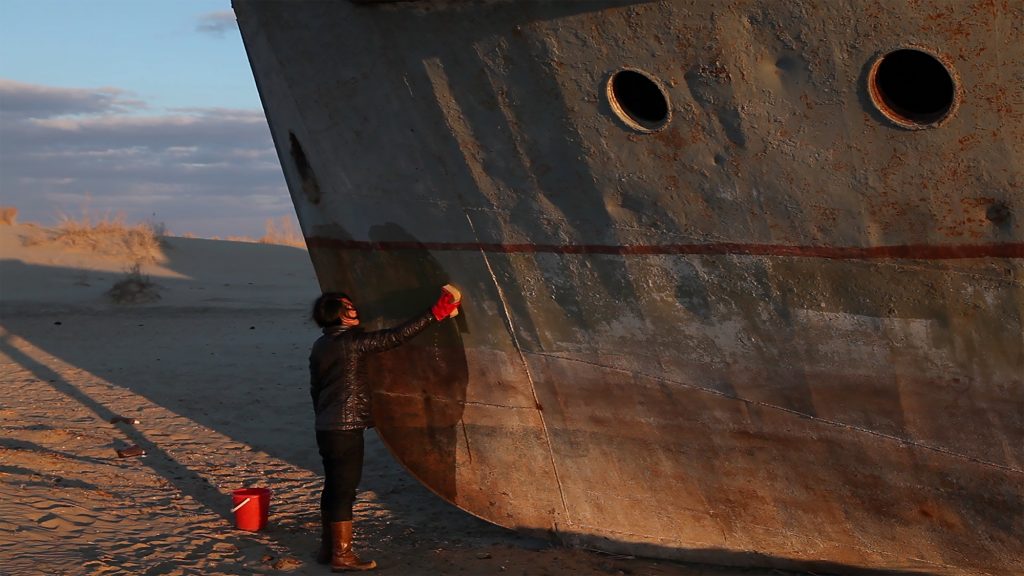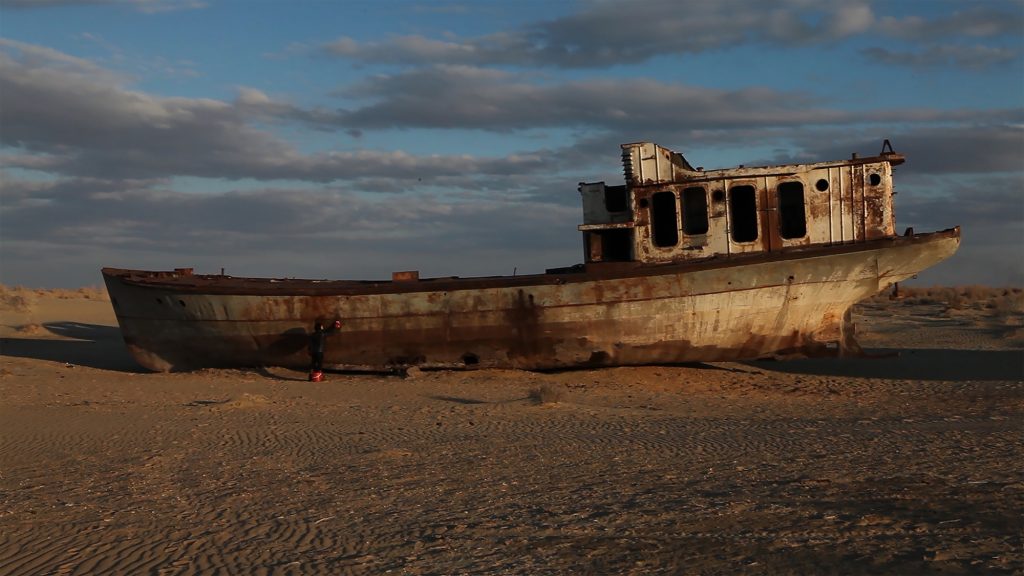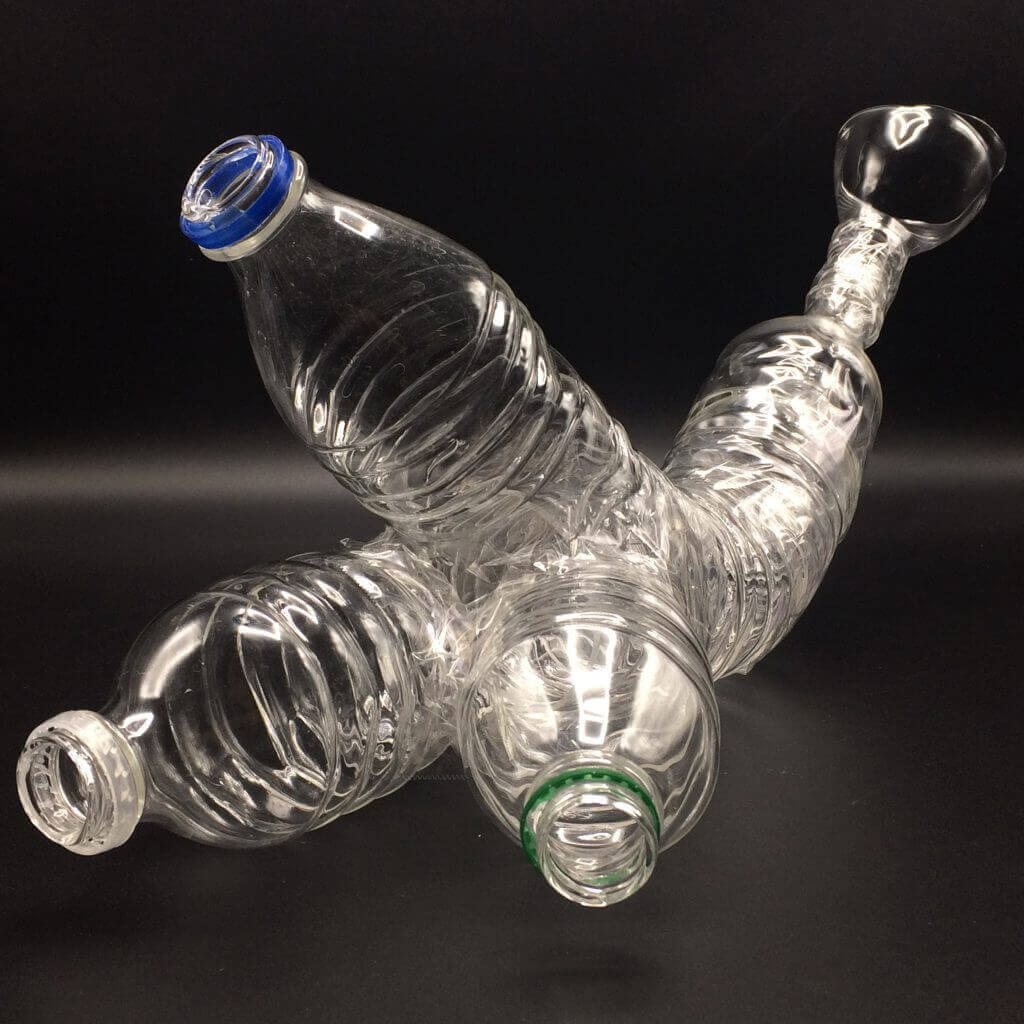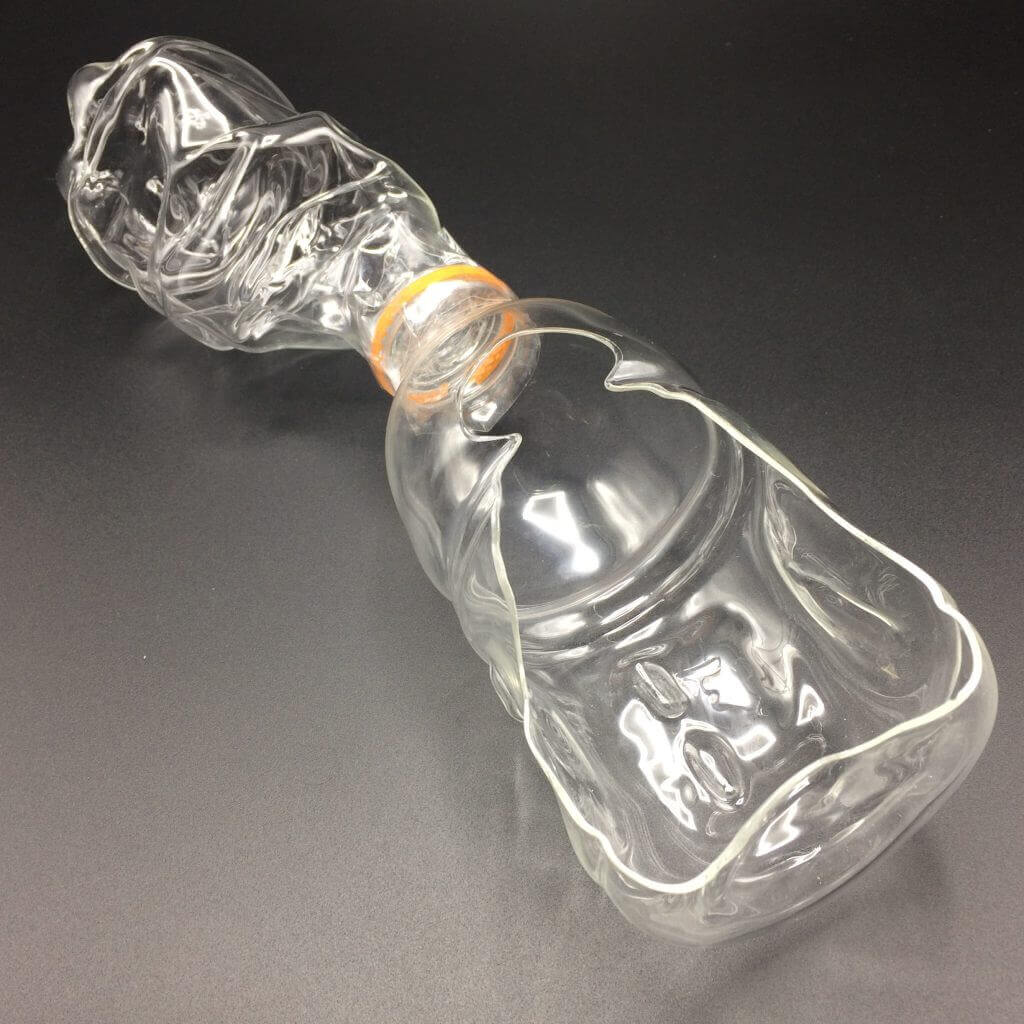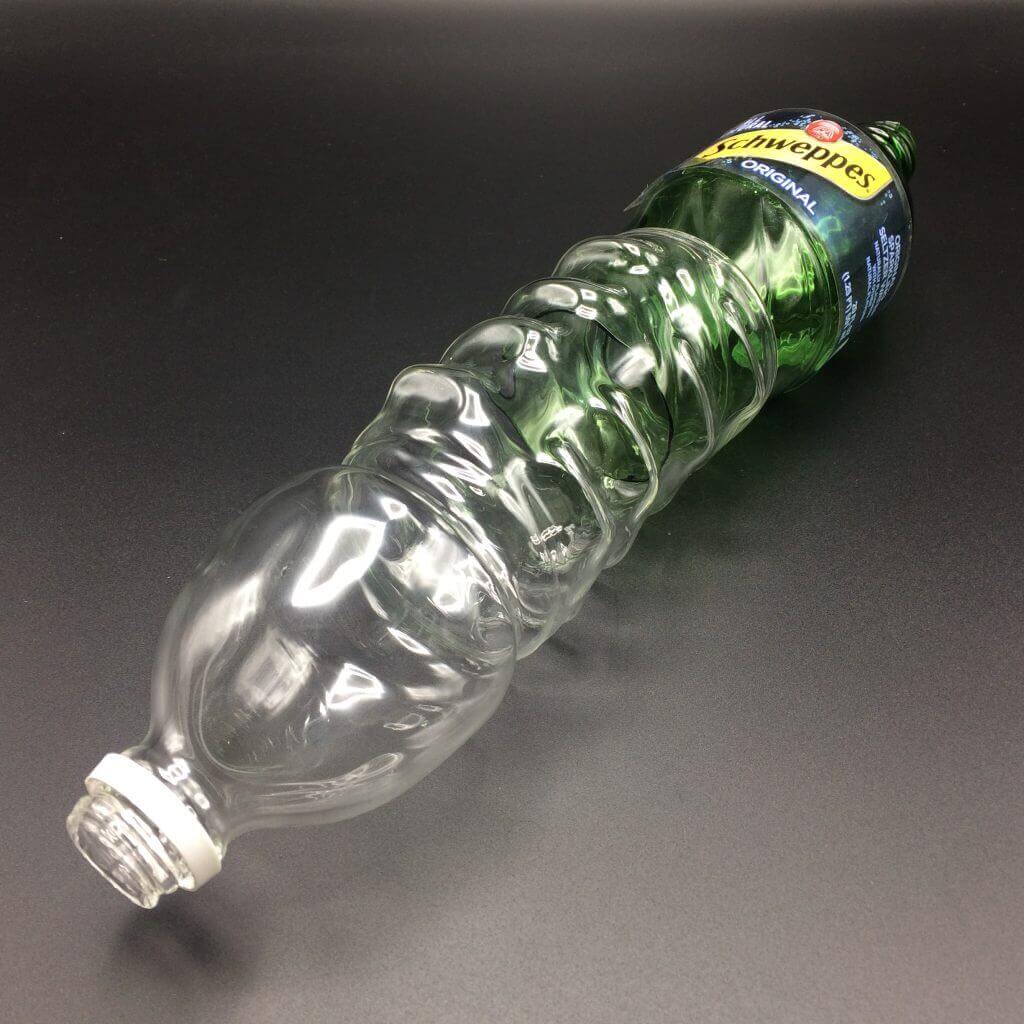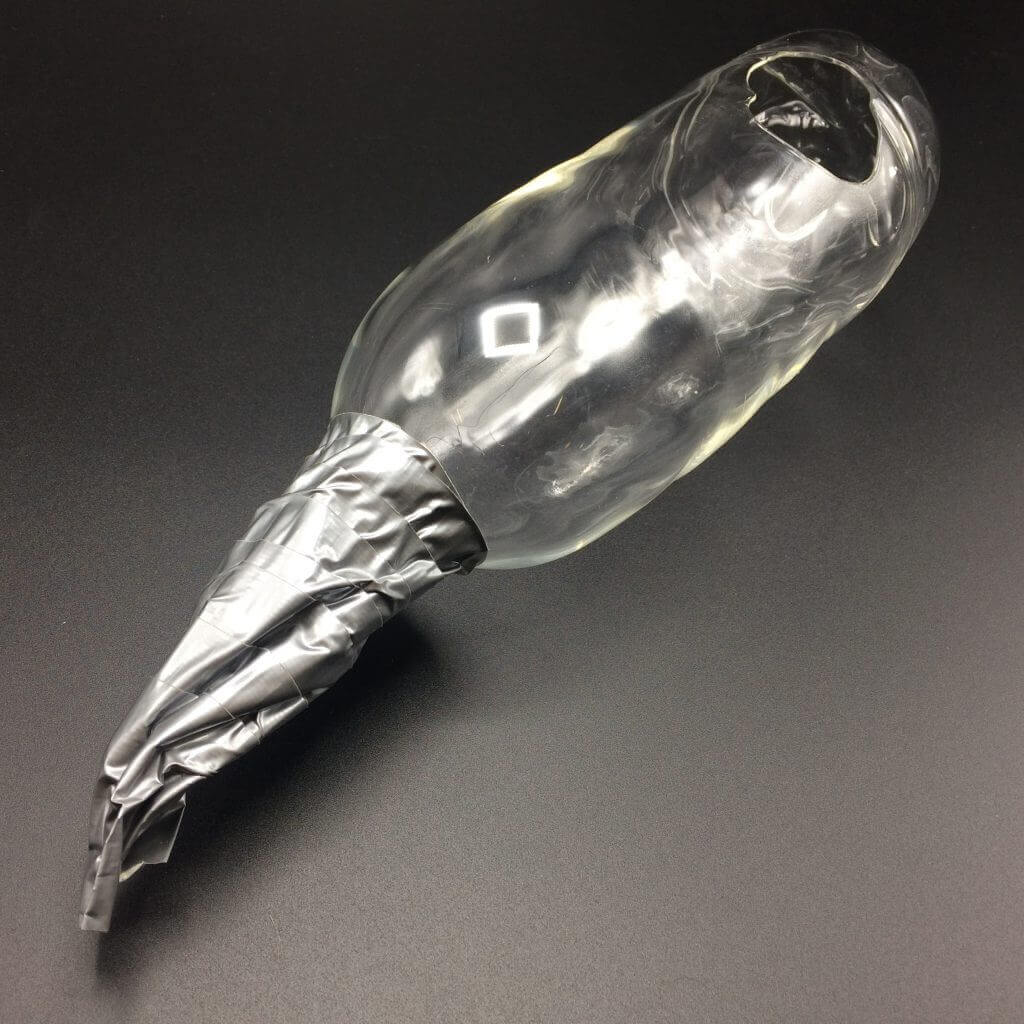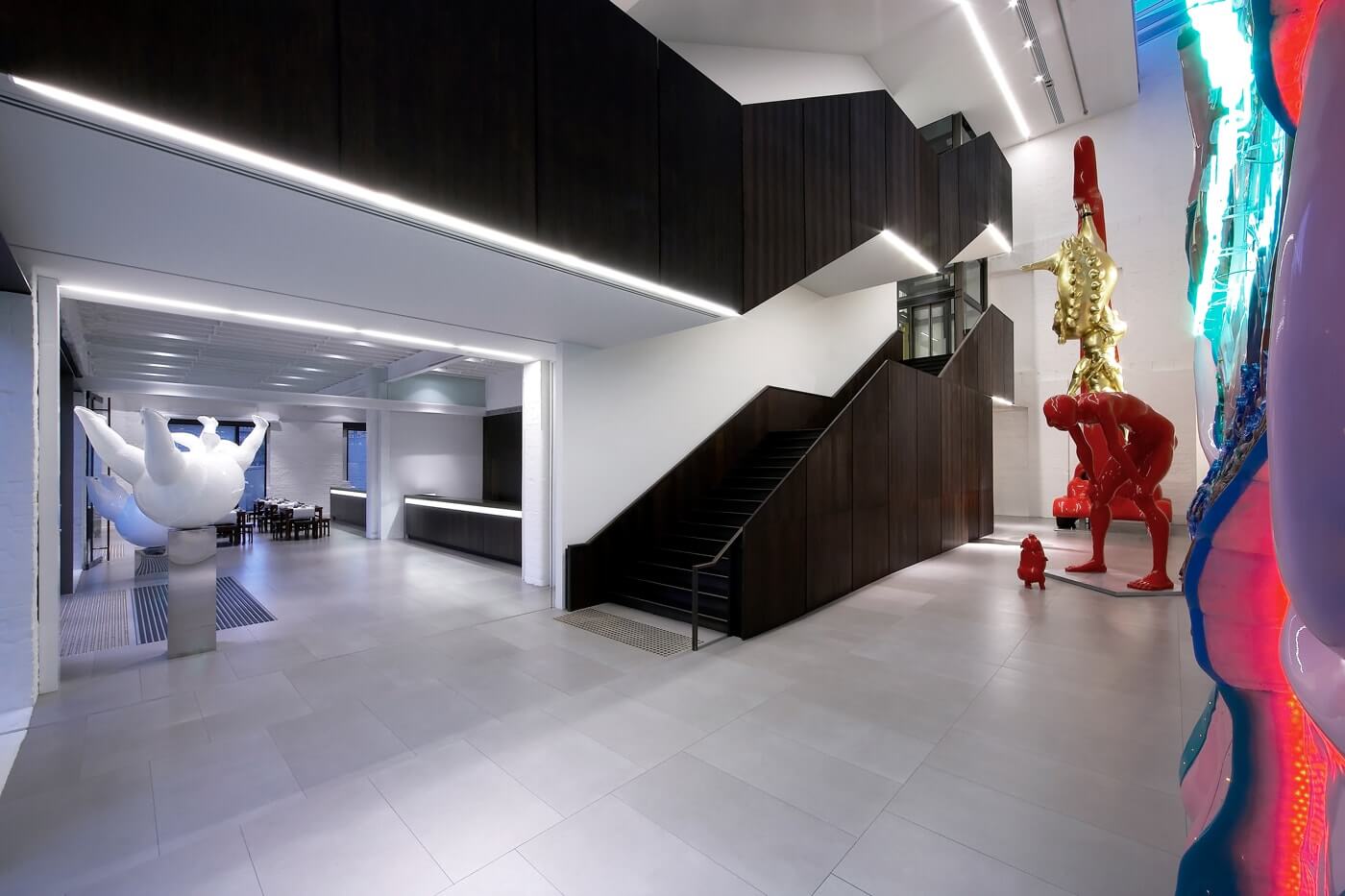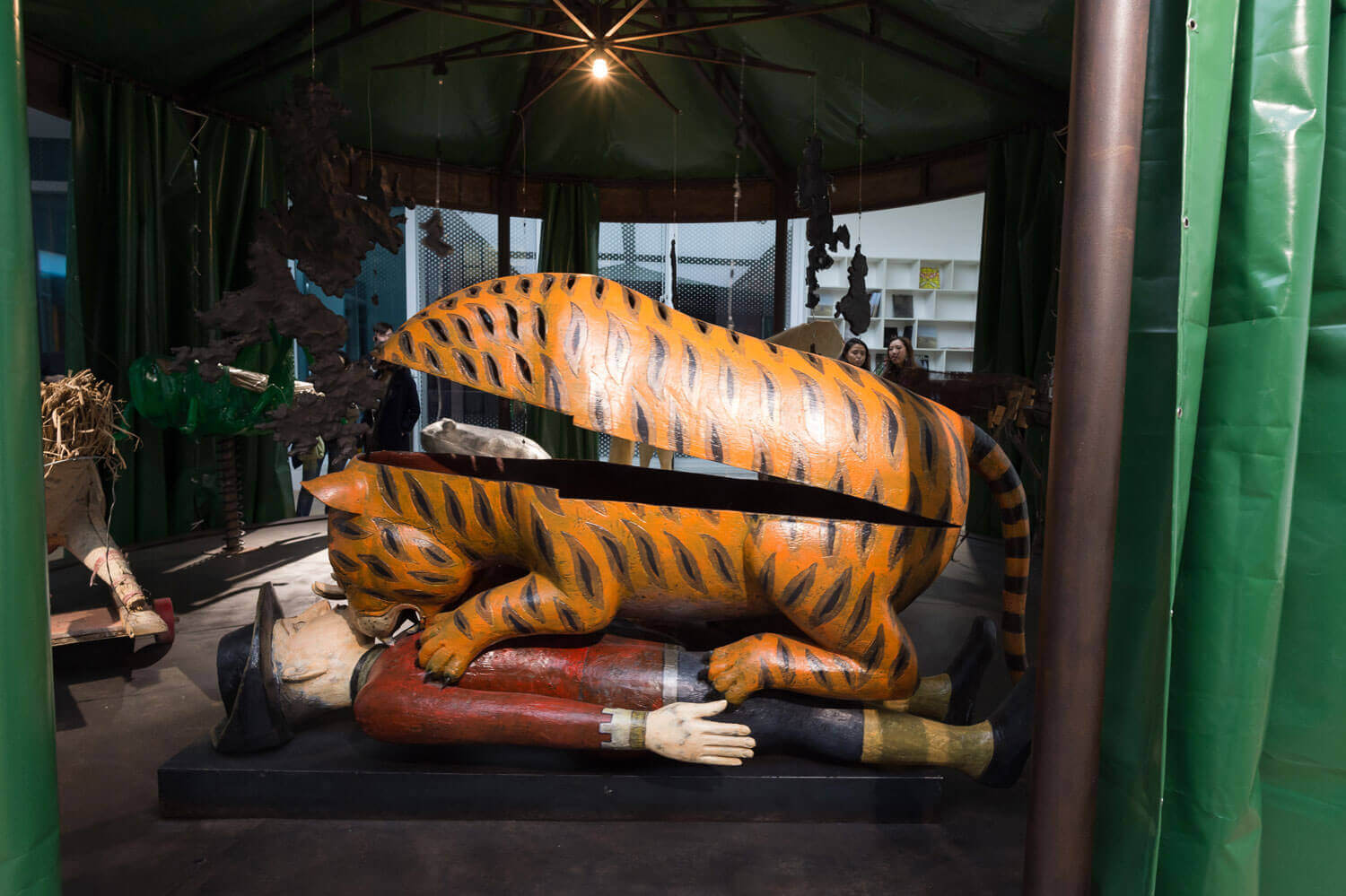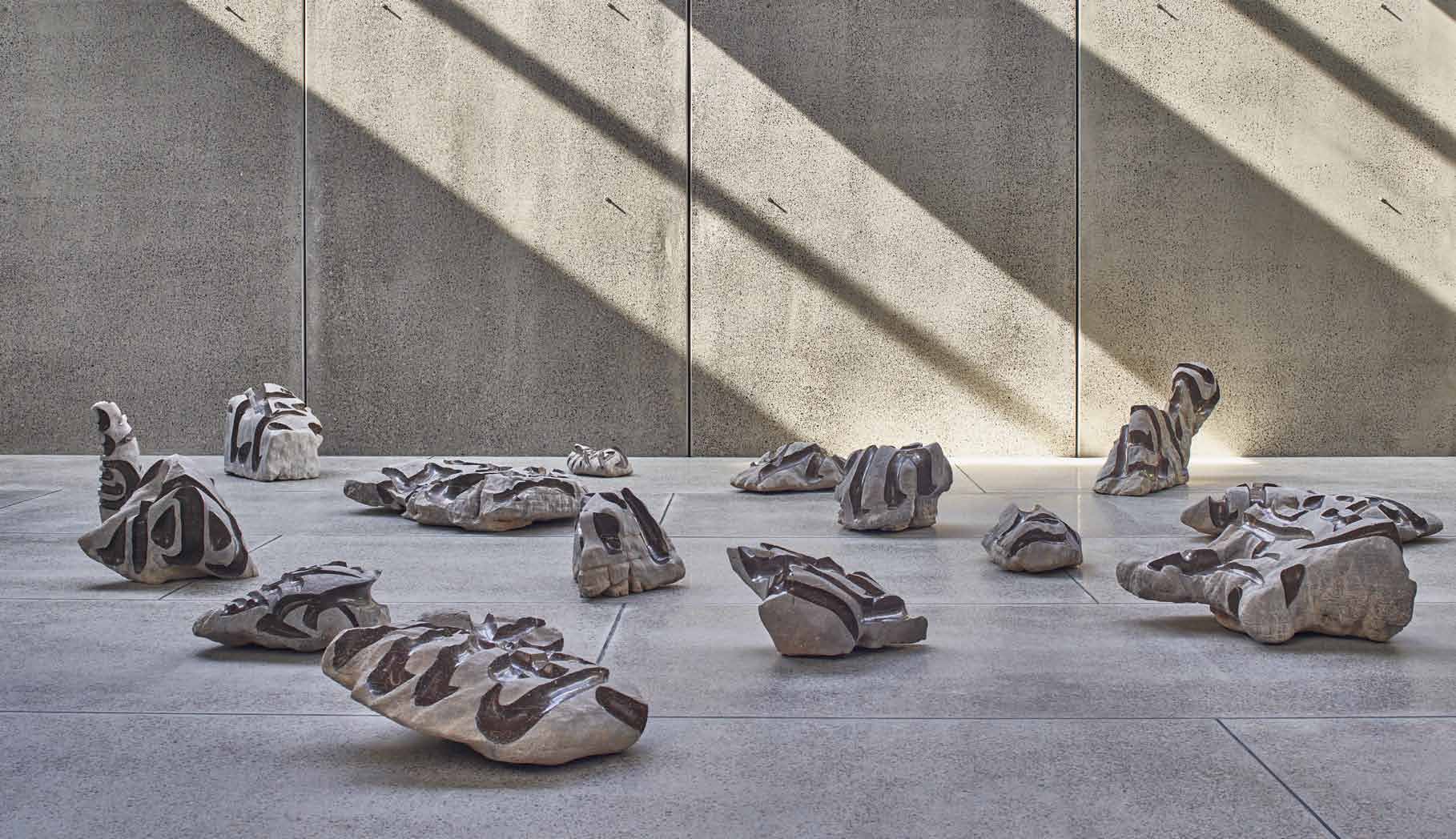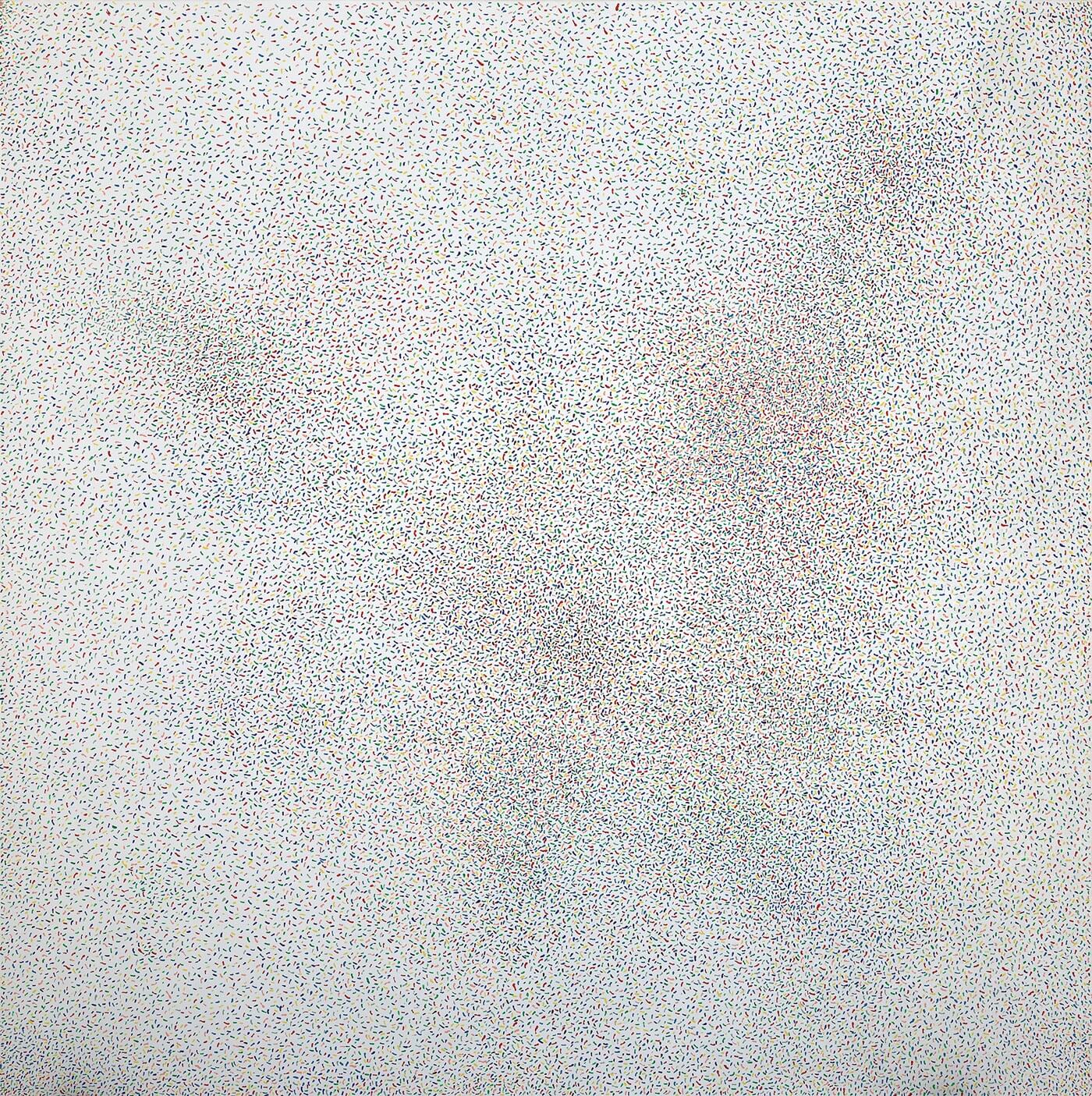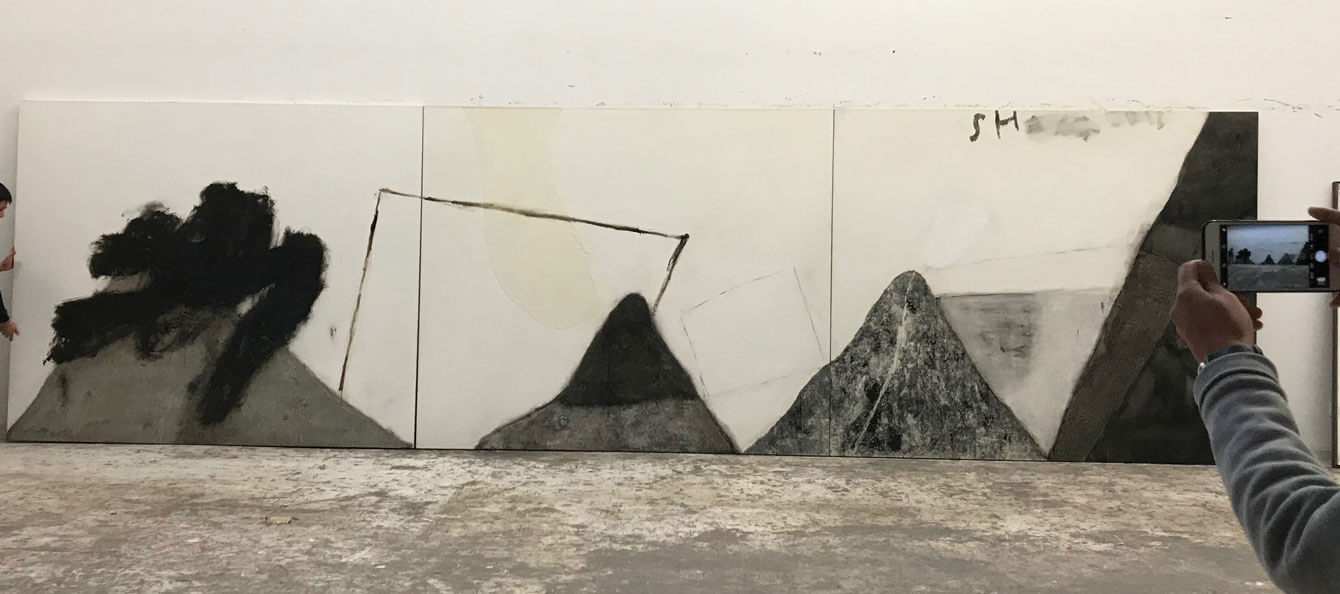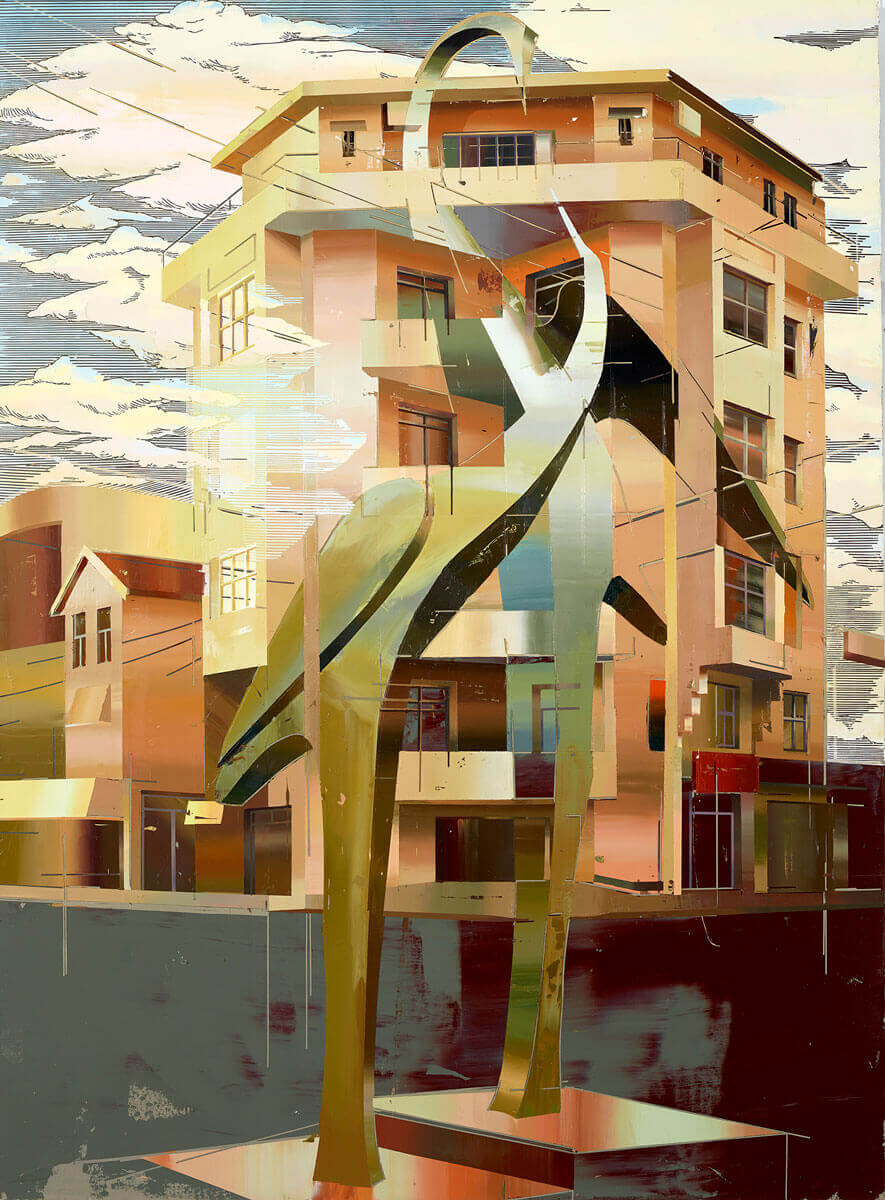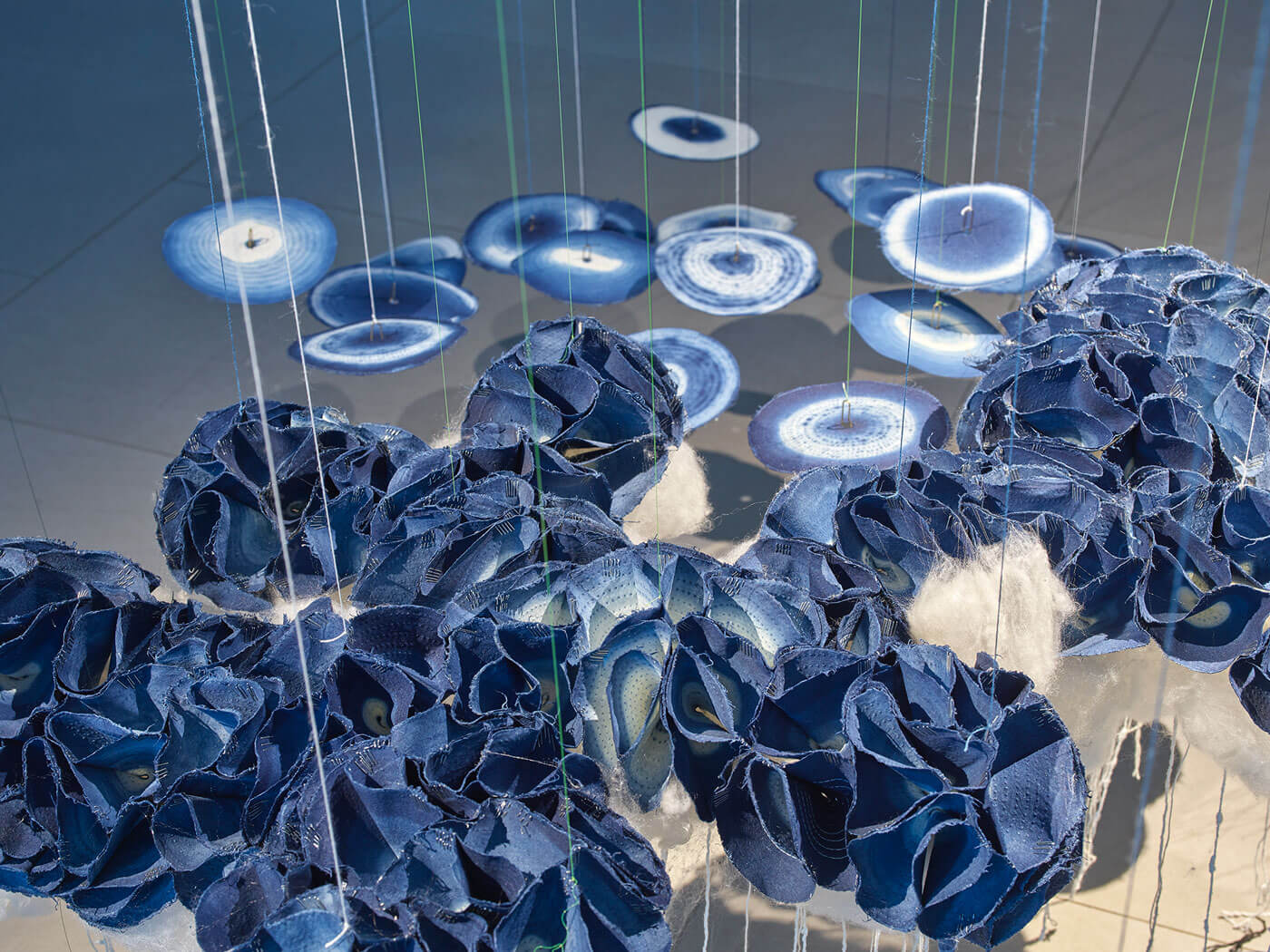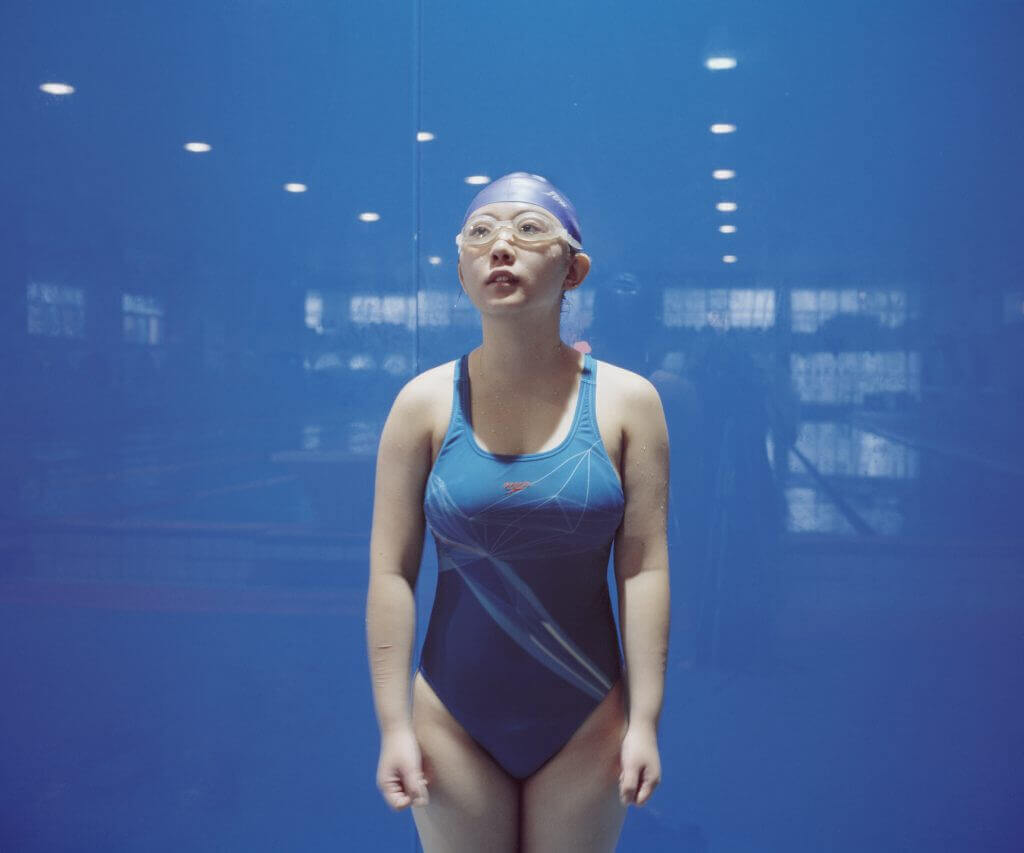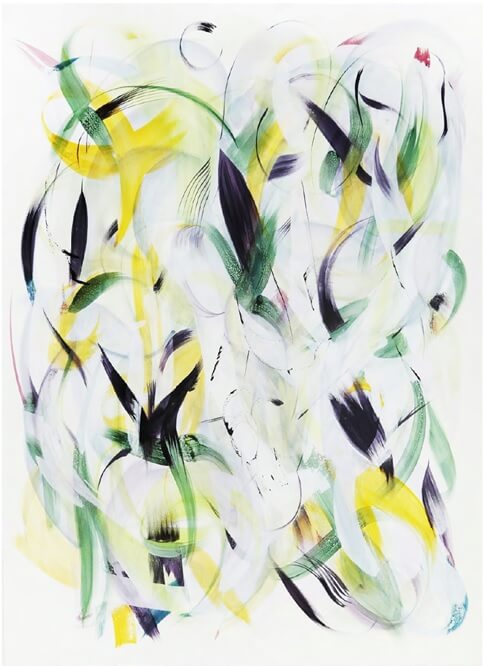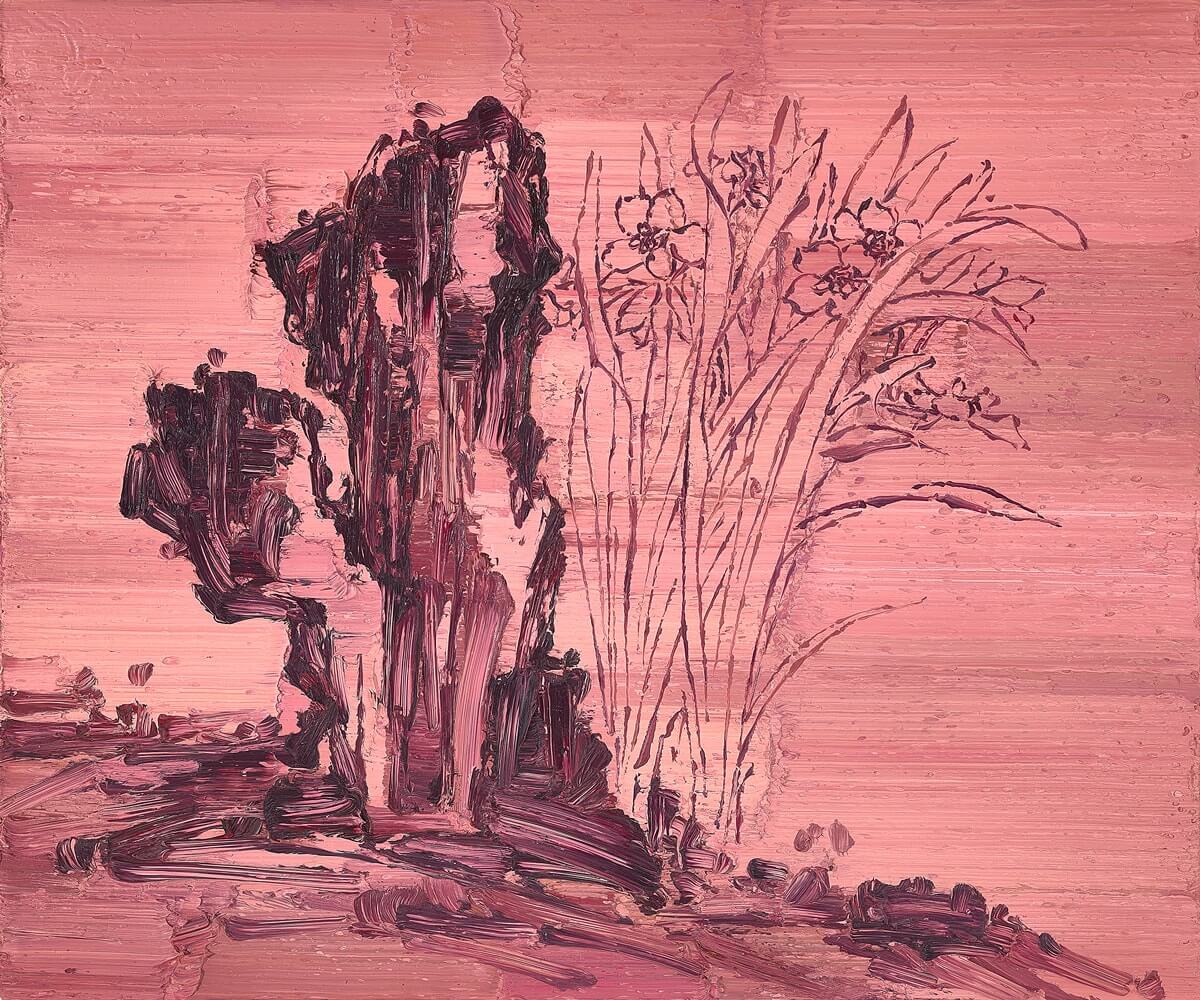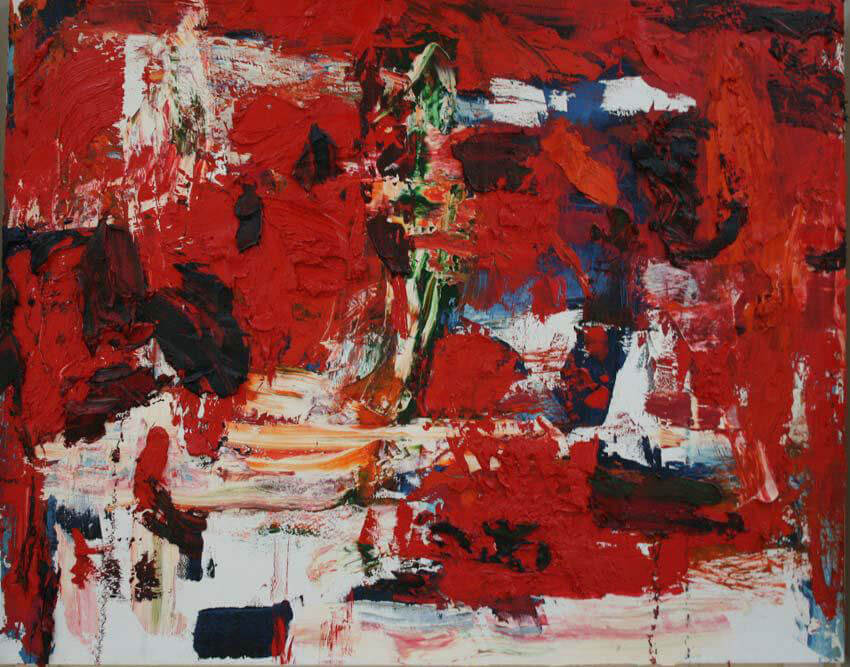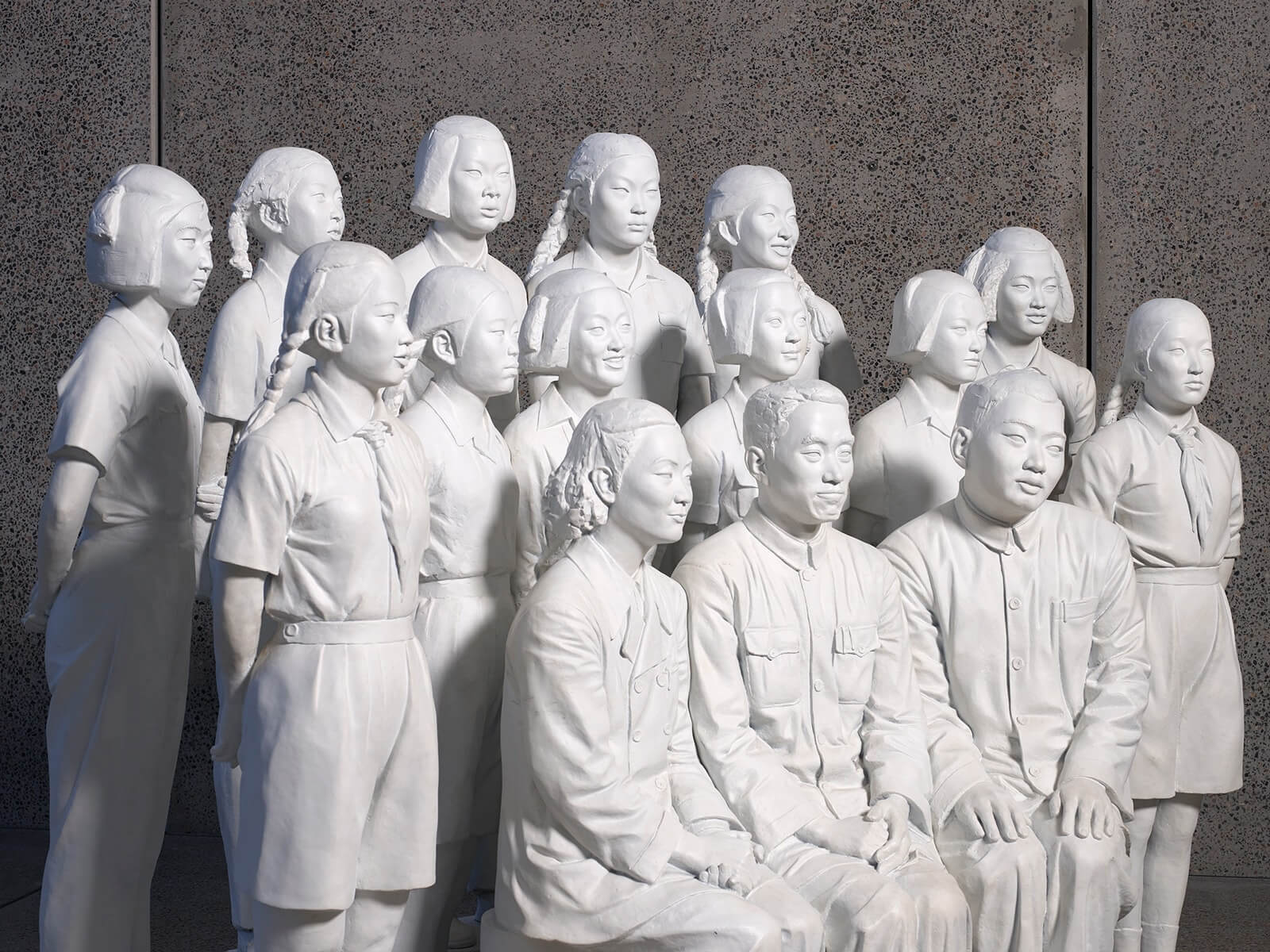Have Fun!
ARTISTS & WORKS /
Patty Chang
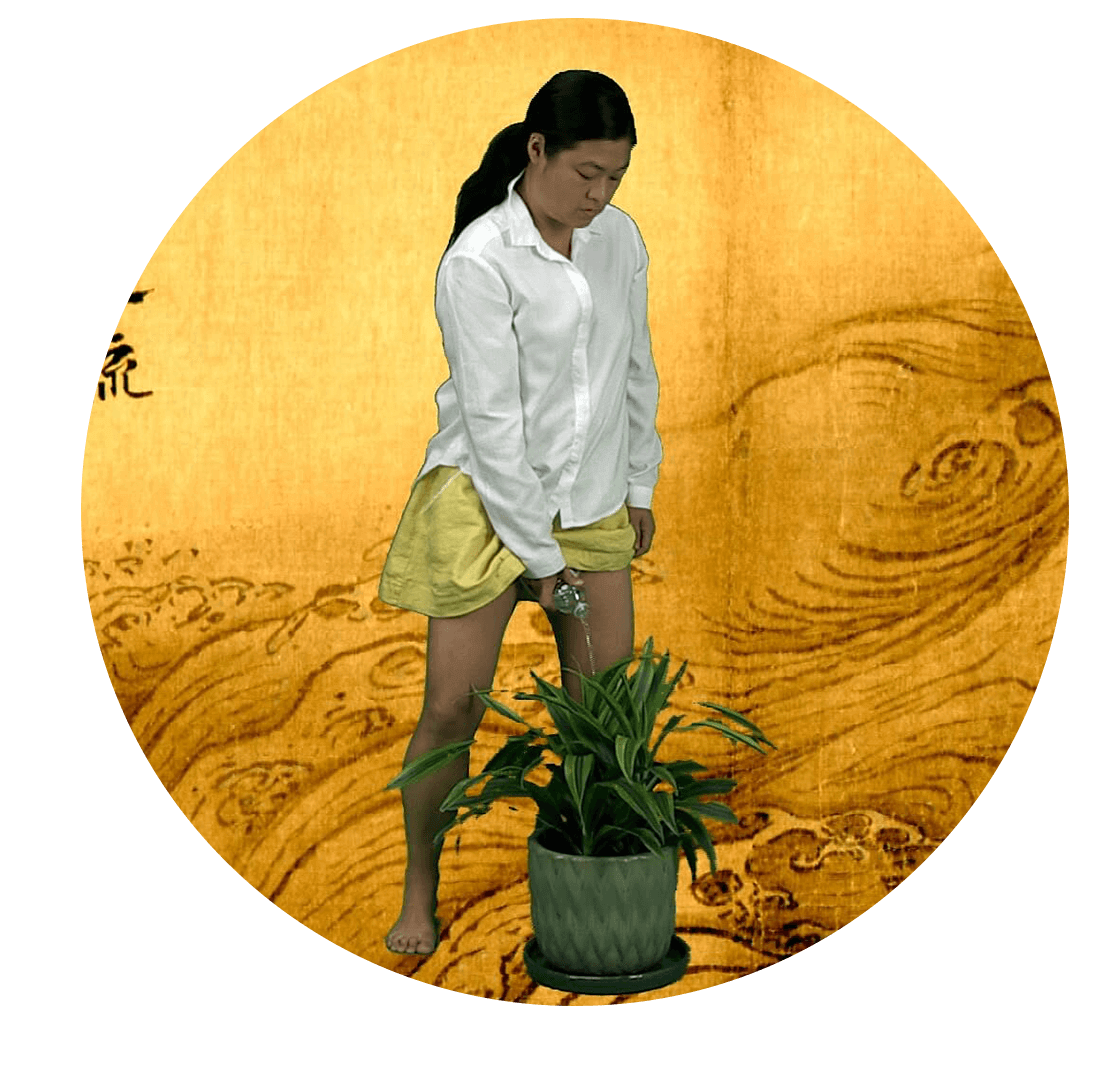
DOB: 1972
POB: San Francisco
Education:
L’Accademia di Belle Arti, Venice, 1993
University of Caliornia, San Diego, 1994
Lives and works: Los Angeles
No. works in collection: 7 (including 5 separate pieces in ‘Glass Urinary Devices’ series)
BRIEF BIO:
Interdisciplinary artist Patty Chang was born in the United States, in San Leandro, California, in 1972. She studied at L’Accademia di Belle Arti in Venice and completed her bachelor’s degree at the University of California, San Diego, in 1994.
Chang then moved to New York, where she began to make short films, videos and transgressive performance works that pushed her bodily endurance to its limits.
She was nominated for the Hugo Boss Prize in 2008 and named the Guna S Mundheim Fellow of Visual Arts at the American Academy in Berlin in 2009.
In 2014 Chang was the recipient of a Guggenheim Fellowship. Her work has been exhibited in solo and group exhibitions internationally, and her films were screened in the MoMA New Directors series in 2008.
Her ambitious 2009–17 project The Wandering Lake was featured in the 11th Shanghai Biennale (2016) and in a solo show at the Queens Museum in New York (2017).
Although she lives and works in Los Angeles, Chang’s recent projects have involved arduous journeys across China.
ARTWORKS:
#1. Accession
Number: 2018.004
Title: Configurations
Date: 2017
Broad Medium: Video/Time-based Media
Specific Materials: dual channel video
Dimensions: ‘Configurations’: 13 min 14 sec; ‘Configurations Performance Documentation’: 6 min 49 sec
Description: Records Chang’s journey across China following the great aqueduct taking water 2400 km from the south to Beijing: she urinated at each point she was able to access the aqueduct.
EXHIBITION HISTORY
White Rabbit Gallery Exhibition 20 ‘Hot Blood’ 2019
Brief description:
Chang’s continuing investigation of water sources included an expedition to the world’s longest aqueduct, China’s South–North Water Diversion Project. This feat of engineering – or perhaps, of hubris – began with Mao Zedong’s plan to bring water from southern China to the dry north. Construction of the Danjiangkou Dam in Hubei Province in 1958 created an enormous reservoir, drowning the ancient city of Junzhou with its hundreds of Daoist temples and palaces, and tens of thousands of tombs. It still lies submerged.
The aqueduct, the largest transfer of water in history, finally opened in 2014. Water is carried 2400 kilometres in canals, tunnels and pipelines, taking fifteen days to arrive in Beijing.
Configurations is part travelogue documentary, part autobiography and part performance. Linking a poetics of landscape with the physicality of her body, she travelled the entire length of the aqueduct; every time she came across it she urinated into a ‘female urinary device’ (sometimes commercially produced, and sometimes home-made using discarded plastic bottles and containers) that allowed her to pee standing up.
She juxtaposed her female body, and its consumption and elimination of water, with another gendered narrative – the ‘masculine’ reshaping of landscape and diversion of rivers overseen by engineers.
#2. Accession
Number: 2018.022
Title: Invocation for a Wandering Lake
Date: 2016
Broad Medium: Video/Time-based Media
Specific Materials: dual channel video and cardboard
Dimensions: 12 min 47 sec, dimensions variable
Description: Records Chang’s journey following in the footsteps of Swedish explorer Sven Hedrin who searched for the mysterious vanishing lake, ‘Lop Nur’.
EXHIBITION HISTORY N/A
In 2009 Chang travelled to Xinjiang province, following in the footsteps of Swedish explorer Sven Hedin, who led a significant Sino-Swedish expedition between 1927 and 1933 that located hundreds of archaeologically significant sites between Manchuria and Xinjiang.
In 1938 Hedin had published a book, The Wandering Lake, that recounts his search for a mysterious vanishing body of water named Lop Nur. He undertook several expeditions to locate this lake, which many years later became a Chinese Government nuclear weapons test site.
Chang was fascinated by this phenomenon of the elusive migrating lake, but she was prevented from returning to Xinjiang due to tightening government control over the Uyghur Muslim population; she therefore sought out other similarly remote and damaged locations.
Invocation for a Wandering Lake (2016), a video installation in two parts projected onto long, folding cardboard panels, represents alternative sites, ‘stand-ins’ for Lop Nur. The first part of the installation was filmed on the rocky shores of Fogo Island in Newfoundland, Canada.
Chang stands thigh-deep in the waves and washes the partially beached, rotting body of a sperm whale. Part 2 shows the artist in Uzbekistan, scrubbing the rusted hull of a beached vessel, a boat listing on pale sand that was once the sea bed: the Aral Sea lost up to 80 percent of its volume due to the Soviet Union’s ill-conceived irrigation projects of the 1960s.
Part 1 speaks of indescribable sorrow as Chang gently washes the carcass, just as human bodies are washed and anointed before funerary rites.
Part 2 considers the impact of human intervention on natural cycles and systems.
Chang thought the act of washing was an invocation, a devotional ritual of cleansing.
#3 Accession
Number/s: 2018.015; 2018.016; 2018.017; 2018.018; 2018.019
Title: Glass Urinary Device (note: these are 5 separate works)
Date: 2016
Broad Medium: Glass/Sculpture
Specific Materials: hand-blown borosilicate glass, plastic, printed label, (clear packing tape or duct tape or printed label)
Dimensions: various dimensions
Description: Replicas of the artist’s handmade, makeshift female urination devices in blown glass
EXHIBITION HISTORY
White Rabbit Gallery Exhibition 20 ‘Hot Blood’, 2019
Chang converted her plastic Nongfu Springs water bottles – ubiquitous in China – and the other materials she had used to construct makeshift urination devices into a series of hand-blown glass sculptures. She chose to use borosilicate for the 2016 Glass Urinary Device series because it can be made to convincingly resemble the original humble plastic; the resulting forms are at once absurd and rather beautiful.
MORE COLLECTION HIGHLIGHTS & NEW ACQUISITIONS
Lorem ipsum dolor sit amet, consectetur adipiscing elit. Quisque non augue et ante elementum finibus. Phasellus non cursus nunc. Mauris quam sem, fermentum quis imperdiet sit amet, mollis vitae lorem.

Explore highlights and new acquisitions
SUBSCRIBE
Get access to all our latest news by subscribe here.


